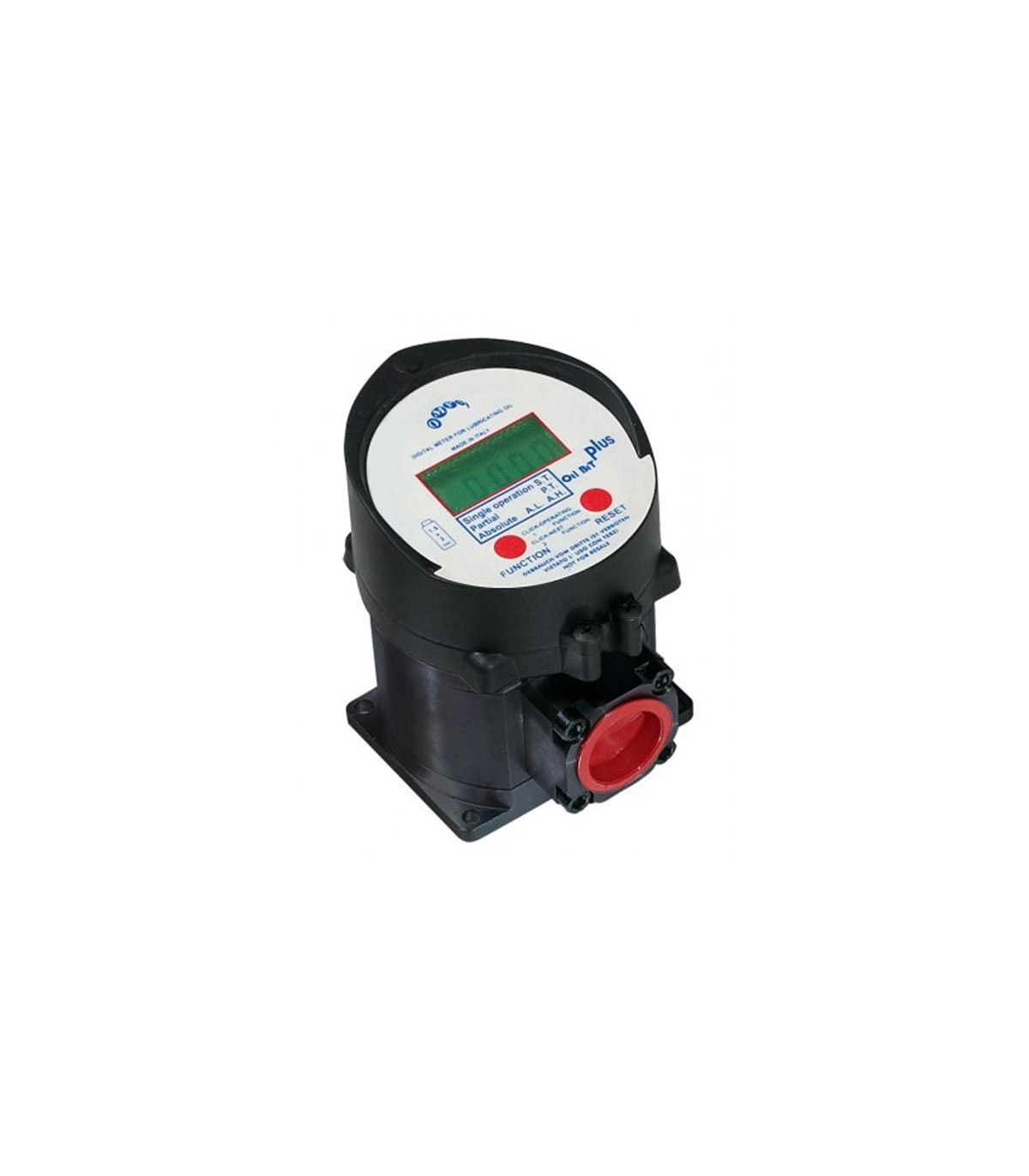An Overview of Flow Meters
Flow meters are essential instruments used to measure the flow rate of liquids, gases, or slurries within a pipe or conduit. These devices are crucial in various industries, including water treatment, oil and gas, chemical processing, and manufacturing, where accurate flow measurement is vital for process control, safety, and efficiency.
Types of Flow Meters
There are several types of flow meters, each designed for specific applications and fluid characteristics:
-
Differential Pressure Flow Meters: These meters measure the pressure drop across a constriction in the flow path. Common types include orifice plates, venturi tubes, and flow nozzles. They are widely used due to their simplicity and reliability.
-
Positive Displacement Flow Meters: These meters measure the volume of fluid passing through the meter by dividing it into fixed, metered volumes. Examples include gear meters and piston meters. They are highly accurate and suitable for measuring viscous fluids.
-
Turbine Flow Meters: These meters use a rotor placed in the flow stream. The fluid flow causes the rotor to spin, and the rotational speed is proportional to the flow rate. They are known for their accuracy and are commonly used in clean, low-viscosity fluids.
-
Electromagnetic Flow Meters: Also known as magmeters, these meters use Faraday’s law of electromagnetic induction to measure flow. They are ideal for measuring conductive fluids and are widely used in water and wastewater applications.
-
Ultrasonic Flow Meters: These meters use ultrasonic waves to measure the flow rate. There are two main types: transit-time and Doppler. Ultrasonic meters are non-intrusive and can measure the flow of both liquids and gases.
-
Coriolis Flow Meters: These meters measure the mass flow rate by detecting the Coriolis force exerted by the fluid flow. They are highly accurate and can measure a wide range of fluids, including those with varying densities and viscosities.
-
Vortex Flow Meters: These meters measure the vortices shed by a bluff body placed in the flow stream. The frequency of vortex shedding is proportional to the flow rate. They are suitable for measuring clean, low-viscosity fluids.
Applications of Flow Meters
Flow meters are used in a variety of applications, including:
- Water and Wastewater Management: Accurate flow measurement is essential for monitoring and controlling water distribution and treatment processes.
- Oil and Gas Industry: Flow meters are used to measure the flow of crude oil, natural gas, and refined products, ensuring efficient and safe operations.
- Chemical Processing: Precise flow measurement is critical for maintaining the correct proportions of chemicals in various processes.
- HVAC Systems: Flow meters help in monitoring and controlling the flow of heating and cooling fluids in HVAC systems.
- Food and Beverage Industry: Flow meters ensure the accurate measurement of ingredients and products during processing and packaging.
Factors to Consider When Choosing a Flow Meter
Selecting the right flow meter involves considering several factors:
- Fluid Properties: The type of fluid, its viscosity, temperature, and conductivity can influence the choice of flow meter.
- Flow Range: The expected flow rate range should match the operating range of the flow meter.
- Accuracy Requirements: Different applications require different levels of accuracy. High-precision meters are essential for critical processes.
- Installation Environment: The physical and environmental conditions, such as pipe size, orientation, and ambient temperature, should be considered.
- Maintenance and Calibration: Ease of maintenance and calibration can impact the long-term performance and cost of the flow meter.
Conclusion
Flow meters play a vital role in various industries by providing accurate and reliable flow measurements. Understanding the different types of flow meters and their applications helps in selecting the right instrument for specific needs, ensuring efficient and safe operations. As technology advances, flow meters continue to evolve, offering improved accuracy, reliability, and ease of use.









